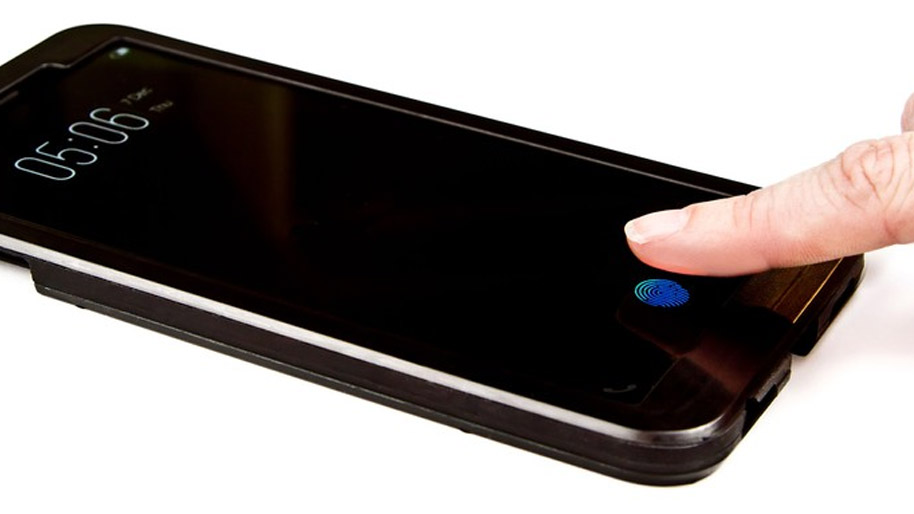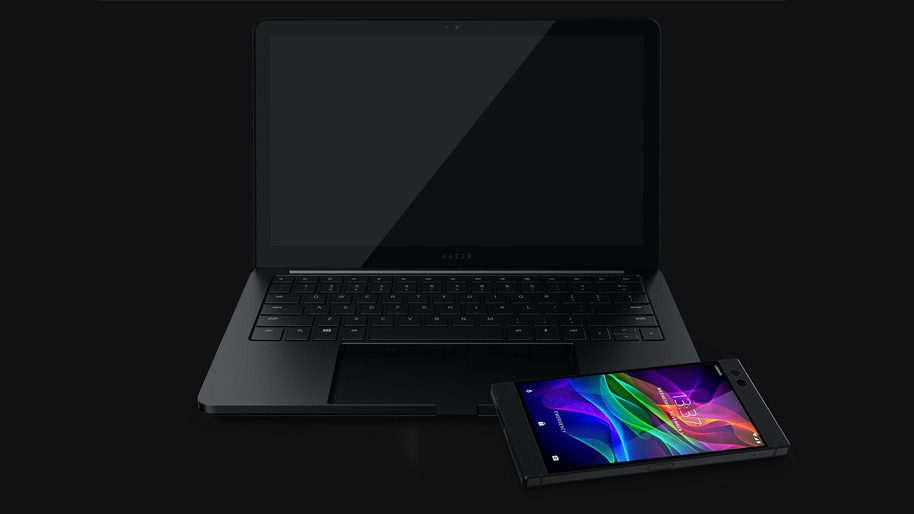Phones have evolved from being a convenient but far from necessary luxury device to something we cannot live without. Not only that, it’s gone from a something you used to make phone calls to an all-purpose pocket PC that also happens to take calls (that you ignore). And this dramatic evolution happened over the course of about 10 years.
So now we have phones that can take professional-looking photos and shoot 4K video, while also being able to play graphically-intensive games at a buttery smooth frame-rate, all the while powering apps that keep us informed and entertained. How can things possibly improve? What will phones look like 10 years from now?
Fast-forwarding a decade in time lets us bypass those boring “incremental upgrades,” and speculate on the bigger innovations. Allow me to share what I think will be the most significant improvements seen in phones during 2028.
Now vs Then
2018 is the year where displays are attempting to go truly bezel-less. Both Apple and Samsung are pushing to make their phone displays just a screen, and nothing else.
By 2028, all big phone makers will be pushing out bezel-less devices, which will look minimalist and modern. Issues like sensor placement and front-facing cameras will have been solved with updated tech and incredible engineering. We’ll also be seeing new types of display tech, like the holographic screen from RED. If that takes off, phones could look a hell of a lot different than they do now.

Recently, we’ve had to say goodbye to the headphone jack. With the exception of a few stubborn flagships, most popular handsets have removed the 3.5 mm output, opting instead for a multi-use USB Type-C port, which allows for charging, data transfer, and audio out. Wireless headphones have also grown in popularity, with sound quality over Bluetooth now tolerable.
In 2028, as preposterous it sounds right now, we’ll no doubt see more hardware buttons and ports lost to software and wireless options. Apple finally included wireless charging support in its latest range of iPhones, and now cable-free chargers are popping up in public places everywhere. As the wireless charging speeds get faster, powering up a phone using a cable will be a thing of the past, and there will be no need for that ugly hole at a device’s rear. The power and volume buttons will all get the chop, swapped out for something similar to the squeeze function on the Google Pixel 2, or gesture controls on the Moto range. As for the fingerprint sensor, which is only just now becoming the standard on budget phones,that will become hidden underneath the display glass.

2018’s range of flagships offer cameras that output high-quality photos that give a dedicated DSLR a run for its money. To the average eye, when the photos have been thrown through a filter, compressed, and then posted to social media, a shot taken on the iPhone X or Google Pixel 2 looks ultra crispy.
Flagships in 2028 will have taken more features from DSLR cameras, and made them accessible to a casual audience. We’re just now seeing a variable aperture option in Samsung phones, which allows for better low-light performance. I expect that feature will be built upon and widely adopted in the years ahead. Dual cameras are all the rage now, but only a select few phones use them in a truly significant way. Wide-angle shots are the most impressive, to me at least, but most devices opt for a gimmicky “Portrait Mode,” or focus on delivering good black and white filtered images. I’m hoping quicker focusing times, more impressive burst modes, and less noise in darker scenes become the primary objectives in the years to come. Oh, and stabilized video should be mandatory feature by 2028!
2028 will also see phones replacing traditional laptops. Razer’s concept of a laptop shell that uses a phone for power looked interesting, and I think that’s the direction we’re going in. Samsung’s DeX turns Galaxy devices into a working desktop computer, raising our expectations for what phones can do. Imagine waking up and grabbing your phone, popping it into a laptop shell for your commute, and then linking it up to a bigger screen for work. By 2028, this functionality will be embedded seamlessly, and phones will be play an even bigger part in our lives.

In 2018, phone battery life is the number one cause of complaints from users. With manufacturers obsessing over thinner designs, and more impressive and power-hungry screens, battery life has taken a big hit. Gone are the days when phones would last multiple days on a single charge. Hell, most users would be impressed by a phone lasting a full 24 hours. Fast charging speeds make a dying battery less of an inconvenience, but it would still be nice to not be constantly worrying about running out of juice.
In 2028, advancements in technology will have kept devices thin, but increased battery life with the use of nanobatteries–a word we hope sticks because you can’t say it and not feel like Tony Stark. Failing that, I think battery phone cases will have taken over the planet, with only third-parties seeming to understand what phone owners need most of all!
If 2018 = 4G, then 2028 = 5G. Network speeds are set to receive a huge boost from 2020 onwards, with 5G speeds allowing for super-fast internet — reportedly up to 70 times fast that 4G — all of the time. Streaming movies and downloading games will be a breeze, and users won’t have to put up with those silly “buffering” messages ever again.
10 years is a long, long time in technology, and competition pushes phone makers to quickly come up with new strategies and innovations. I look forward to revisiting this article in 10 years and seeing what I got right, and what I got wrong. We can make educated guesses based on trends, but there’s sure to be some game-changing features that I couldn’t possibly have seen coming. See you then!









